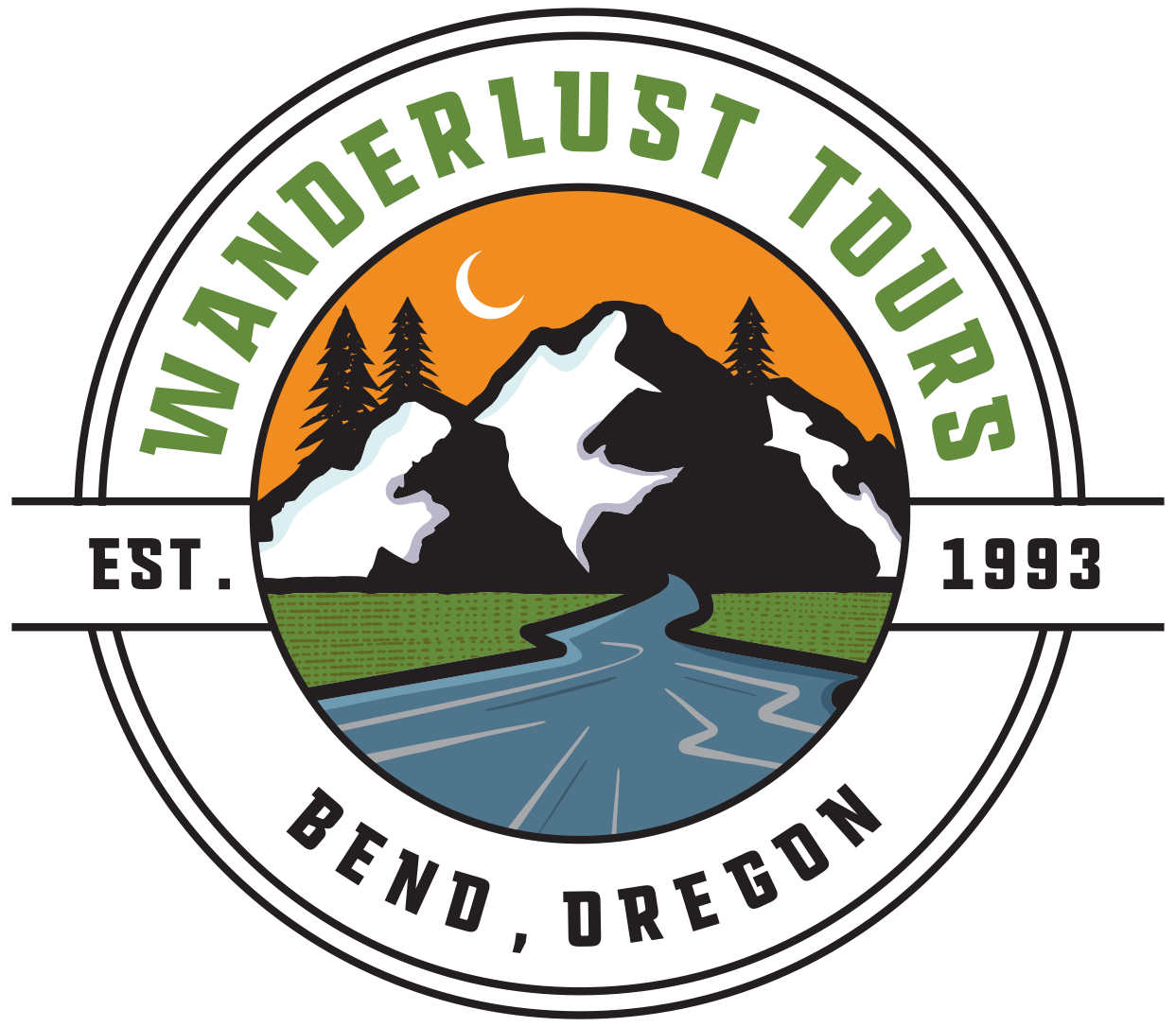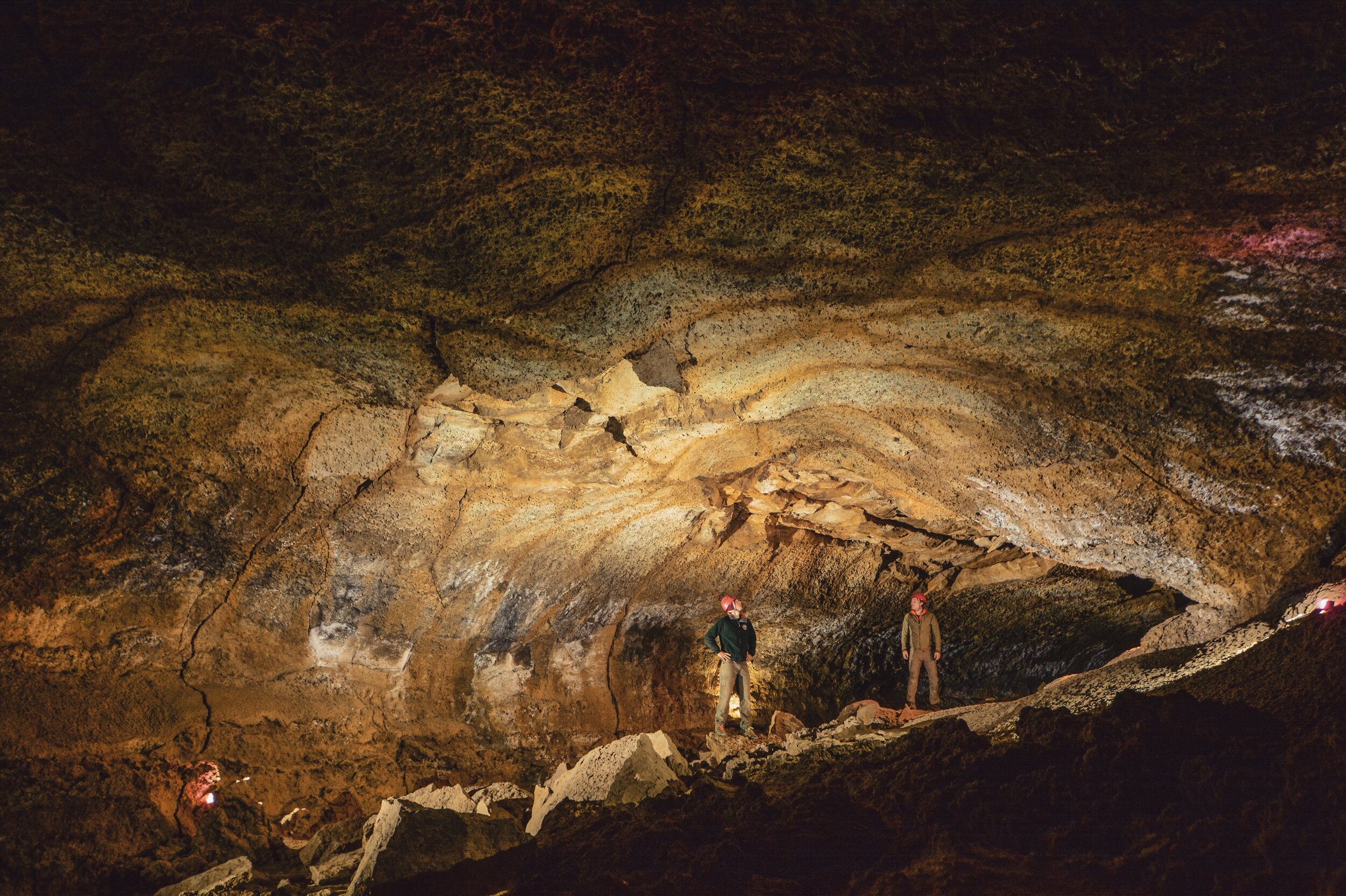Did you get CO2, H2O, solar radiance and the green stuff- chlorophyll? That goes back to 4th grade learning about how trees and plants produce food for themselves in the form of a carbohydrate/sugar and in turn produce oxygen for all living breathing things on earth. I hope that inspires you to love trees and actively work to promote planting more! But, of course, there is more, so much more!
In taking in the CO2, the O2 is released for living creatures to breathe in while the carbon molecules are sequestered by the tree, that is, held inside of it as it grows and ages. In turn this helps us understand that trees mitigate greenhouse gases that otherwise trap heat in our atmosphere- so dang SWEET!
Our state tree is the Douglas Fir, such a lovely species and one which has helped our cities grow by providing lumber for our homes in which we live. Holy buckets though, the tree provides home for so MANY living species. Here's one to highlight, the Oregon Slender Salamander.
When a Doug fir loses its life and crashes to the forest floor, its life is surely not done. It continues to provide life for so many living things. The slender salamander is one of those.
In the tiny spaces within the tree that open up as rot begins to take over the horizontal structure, the salamander finds its denizen. Having no lungs and never drinking a drop of water, it garners its life from the moist tree trunk. Water from the rain-soaked and massive bulk passes through the salamander's skin as does oxygen. The female releases her eggs in the shelter of the rotting tree and there nurses the young, metamorphosing salamanders wrapping her body around the eggs. From their yolk sacks they gain their initial nutrients. Such amazing processes, enabled from a "dead" tree!
Moving to a fun and thought-provoking activity, you are invited to ponder how trees and humans are similar. One way is the roots of trees interconnect with one another to provide a network of support for each other. Humans are rooted in connection with one another to provide support. See the trivia query below to play along!











